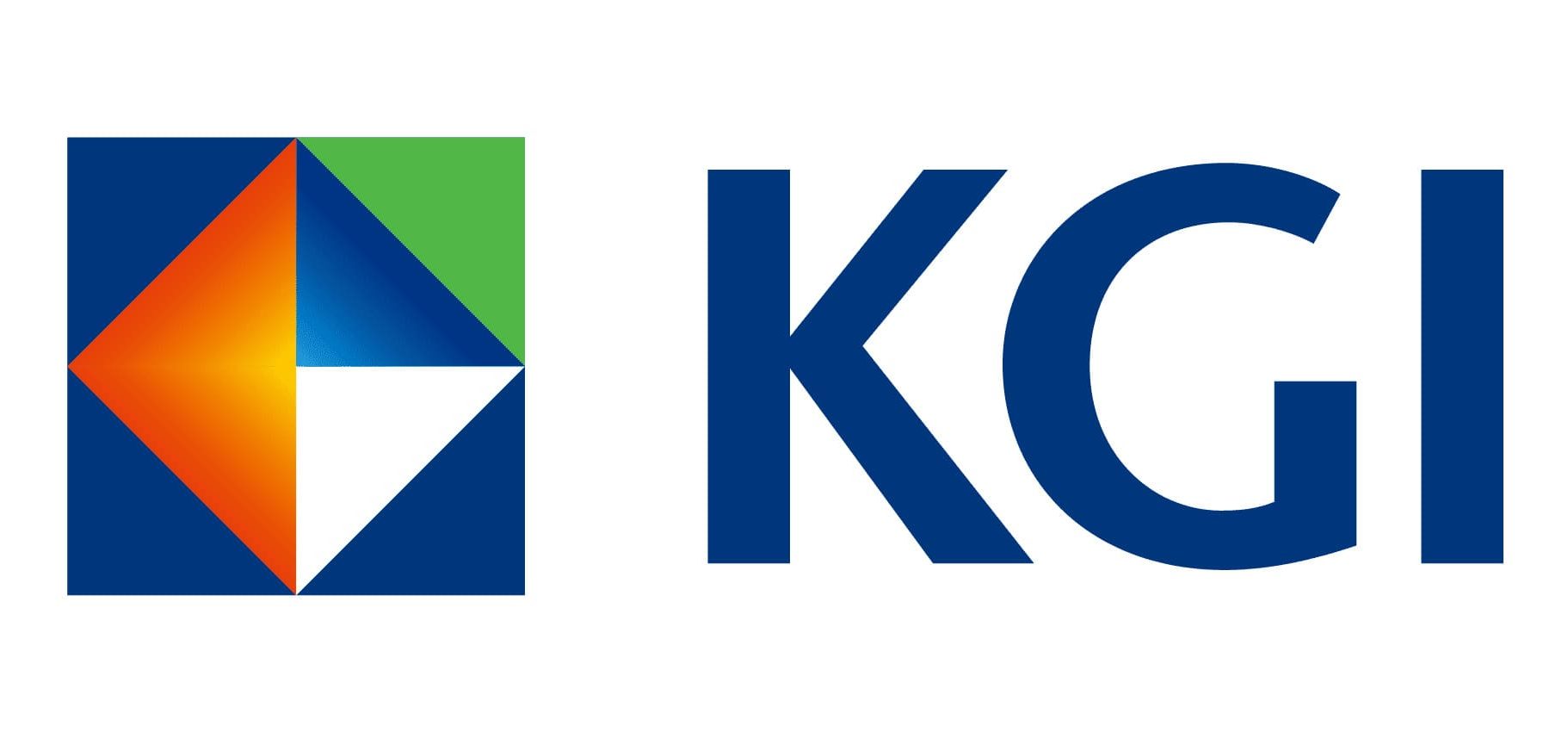Weekly Securities Newsletter: Seeking the Golden Parachute

Seeking the Golden Parachute
Chart of the Week:
U.S. Credit Downgrade Weighs on Treasury Auctions Amid Demand Concerns
On May 17, 2025, Moody’s downgraded the United States’ credit rating from the top-tier Aaa to Aa1, while revising its outlook from negative to stable. Moody’s had been the last of the major rating agencies to maintain the U.S. at the highest rating tier. Following this move, all three major credit rating agencies now assign the same rating to the U.S., with a stable outlook.
Market Recap 1:
U.S. Tax Reform Narrowly Passes House Vote; Debt Risk Concerns Weigh on Equity Valuations
Following the recent U.S. credit downgrade and a weaker-than-expected 20-year Treasury auction earlier in the week, markets turned cautious again on Thursday as former President Trump’s “One Big Beautiful Bill” tax reform narrowly passed the House by a vote of 215 to 214. The outcome intensified concerns over U.S. fiscal risks, sending long-dated Treasury yields sharply higher. The rise in yields pressured all four major U.S. equity indices, with the Philadelphia Semiconductor Index (SOX) posting the steepest losses. Elevated Treasury yields lifted the risk-free rate, prompting a significant valuation reset in growth-heavy tech stocks and dampening the month’s earlier optimism around the sector. At the industry level, nearly all sectors closed lower, with the exception of Communication Services and Consumer Staples. Energy stocks led the decline, driven by OPEC+ discussions around a potential three-month production increase plan.
Market Recap 2:
Long-Term Yields Surge; U.S. Credit Risk Boosts Demand for Gold and Bitcoin
Weaker-than-expected demand in the U.S. 20-year Treasury auction sent long-term yields sharply higher, leading to a steepening of the yield curve. U.S. 10-year Treasuries and investment-grade bonds underperformed. However, with the Federal Reserve’s rate cut trajectory unchanged, short-term U.S. Treasury yields remained relatively stable. The weak auction highlighted mounting investor concerns over U.S. creditworthiness, triggering capital outflows from U.S. dollar-denominated assets. The dollar index softened, and emerging market local currency bonds benefited from favorable currency movements.
What’s Trending:
Computex Highlights “AI NEXT” Theme, Underscores Taiwan’s Critical Role in the Supply Chain
AI demand remains robust, according to market expectations. A recent global capital expenditure survey by J.P. Morgan revealed particularly strong investment intentions in AI-related industries. Capital expenditures among internet media and service providers are expected to rise 39% in 2025, up another 0.29 percentage points from last year’s estimate. Other AI-linked sectors such as utilities infrastructure and semiconductors also show YoY capex growth exceeding 10%, well above the all-industry average of 8%.
In Focus 1:
Weak U.S. Treasury Auction Highlights Deficit Fears – Treasuries Losing Safe-Haven Status
The first U.S. Treasury auction following Moody’s downgrade of the U.S. credit rating showed notably weak demand. A lack of enthusiasm from both domestic and foreign investors (Direct and Indirect Bidders) led to the highest share in three years being allocated to Primary Dealers. The bid-to-cover ratio came in at just 2.46—below the three-year average, indicating soft demand. As a result, the yield on the 20-year Treasury rose to 5.05%, well above the 4.61% average of the past six auctions.
In Focus 2:
U.S. Treasuries Face Credibility Test as Gold’s Safe-Haven Demand Supports Long-Term Bull Trend
Historically, U.S. Treasuries have served as a safe-haven asset, with yields falling and gold prices rising during times of market stress. However, this relationship has reversed twice in 2025. In early April, following former President Trump’s reciprocal tariff announcement, rumors emerged that China was selling U.S. Treasuries. This week, poor auction demand has once again raised doubts over U.S. creditworthiness, triggering a simultaneous sell-off in equities, bonds, and the U.S. dollar. Amid these concerns, gold—recognized for its store-of-value characteristics, has reemerged as the market’s preferred hedge, driving continued strength in its long-term price trend.


